Blockchain Technology
Before entering into the world of blockchain technology, there are certain matters to be well understood and defined. Conventional marketing is what it is and how it operates. You must have probably heard or come across the term blockchain technology in many fields lately disrupting our current concepts of data archival, exchanges and credibility of digital platforms. Let’s examine the key ideas that under lies blockchain technology and makes it such a breath-taking advance.
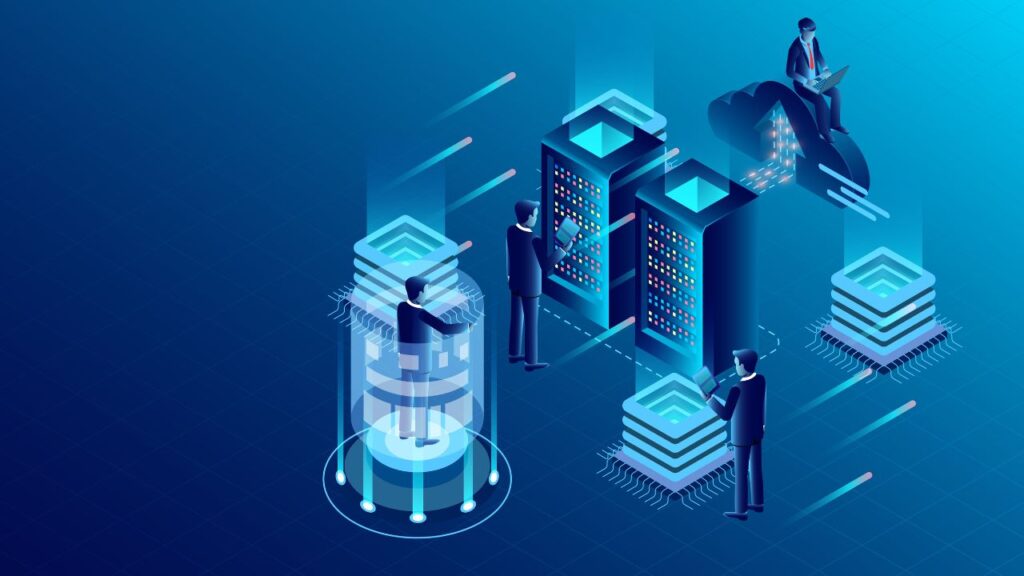
A. Understanding of the distributed ledgers as the key principle
Exploring the fundamentals of blockchain technology, key principle can be grasped in advance: distributed ledgers. A distributed ledger is a Public or permissioned ledger is a database that is consensually shared with the network participants. Distributed data base which is distributed, replicated or synchronized among of participants in the network. In this scenario, unlike the centralized systems where there is an individual or an organization that dominates the data, distributed Day books decentralize control in that ledgers control different nodes in a network.
Key aspects of distributed ledgers include:
1. Decentralization: In other words, nobody has raw control over the data.
2. Transparency: Others can also see the entire record of transaction that has took place in between two parties or more.
3. Immutability: Once information has been entered it is almost impossible to change or delete it.
4. Consensus: This is done through consensus mechanisms whereby the agreements that are made relate to the state of the ledger.
So, to have a clearer picture about the distributed ledgers, let’s compare it with the traditional, centralized system:
| Aspect | Centralized System | Distributed Ledger |
| Control | Single authority | Multiple participants |
| Data storage | Central database | Replicated across nodes |
| Trust | Relies on central authority | Built into the system |
| Vulnerability | Single point of failure | Highly resilient |
| Transparency | Limited | High |
The distributed nature of blockchain ledgers offers several advantages:
Enhanced security: This makes distributed ledgers less prone to risks such as attacks that could cripple a particular system amongst the numerous ones present.
Increased transparency: Everyone gets to see the whole record, this fosters trust and accountability.
Improved efficiency: One of the major benefits that can be obtained through the use of block chain technology is that they enable transactions and other processing to be done within a shorter time and without having to deal with intermediaries.
Greater resilience: This way the system can go on running although some nodes and or protocols fail compromised.
B. How blockchain differs from traditional databases
It is however related to explain that although blockchain technology embraces the use of a distributed ledgers, traditional databases. These differences are important in appreciating and identifying why a firm may choose to adopt a strategic capability in a particular industry blockchain technology.
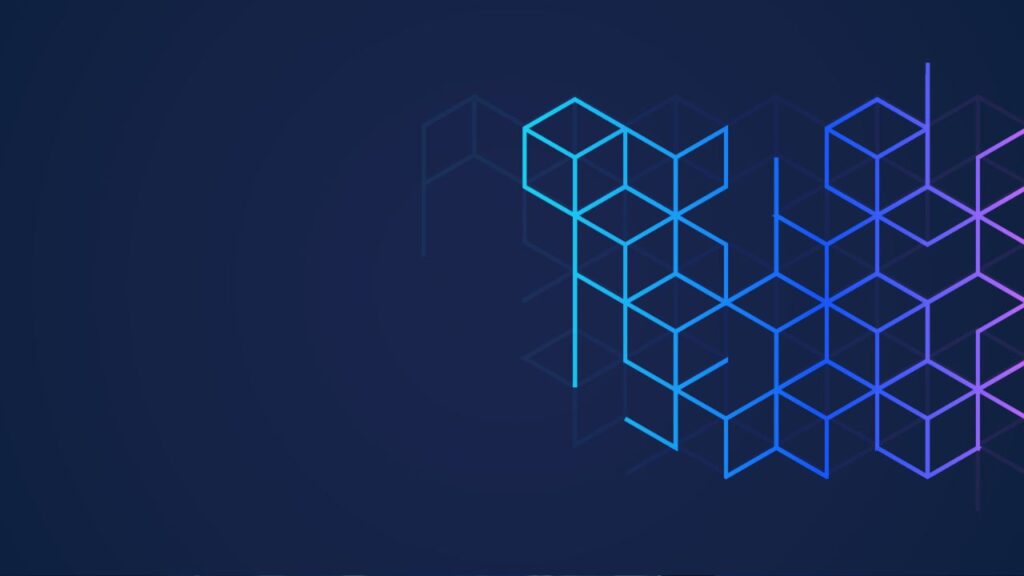
1. Data Structure
Traditional databases: Often a table with rows and columns is used to save the data.
Blockchain: organize information in blocks where each constitute a block in a chain.
2. Data Modification
Traditional databases: Must be easy to modify them as well as delete when there is a need.
Blockchain: Data added becomes very cumbersome to be modified or removed hence it is very useful since it can never be deleted integrity.
3. Centralization
Traditional databases: Is typically implemented by a specific government body or a large company.
Blockchain: Decentralized, it is implemented in a way in which control is share amongst the participants forming the network.
4. Consensus Mechanism
Traditional databases: Turn to a central authority to check all the change implementations and confirm it.
Blockchain: Relies on consensus mechanisms among the participants within a network to verify new transactions and even write new blocks in the blockchain.
5. Transparency
Traditional databases: They quite often have limited transparency; information access is only possible for authorized personnel users.
Blockchain: Has high transparency, after all participants are able to see the whole chain.
6. Trust Model
Traditional databases: Reliance is put on the central authority responsible for the organization of the database.
Blockchain: This means that the trust is already integrated in a system in which cryptography and consensus mechanisms are in place.
To show these difference, let’s consider a practical example:
| Aspect | Traditional Banking System | Blockchain-based System |
| Transaction Processing | Centralized through banks | Peer-to-peer without intermediaries |
| Transaction Speed | Can take days for international transfers | Typically faster, often minutes or hours |
| Transaction Costs | Higher fees due to intermediaries | Generally lower fees |
| Data Storage | Centralized databases | Distributed across network nodes |
| Security | Relies on bank’s security measures | Cryptographically secured and distributed |
| Transparency | Limited to authorized personnel | Visible to all network participants |
These differences reflect why the use of the blockchain form of technology is widely regarded as revolutionary in various fields. Its different idea in data management and transaction processing provides solutions to several issues towards security, transparency, and efficiency.
C. Some of the most important characteristics of a blockchain.
The following are some of the outstanding aspects will define blockchain technology from all other data management techniques: These qualities make it to be strong, secure and usable in many fields and activities.
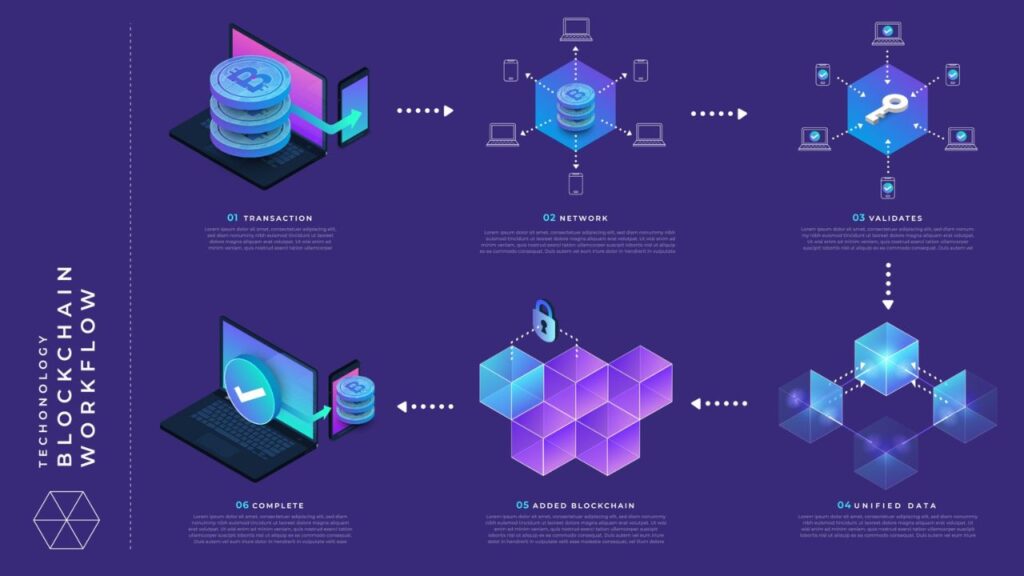
- Based on the distributed system without involving a central authority, Blockchain runs with a decentralized peer to peer network.
- In this decentralization process, one realizes that there will be few to no centralized targets to attack hence making the system very secure.
2. Transparency and Audit ability
- All transactions within the network are transparent allowing the network participants to see all transactions.
- All transaction history can be tracked which means that proper accountability can be done.
- Once information is entered into a block and placed on the chain, its rather difficult to manipulate it.
- This feature makes it hard to alter data in any way especially for wrong purposes or in an unauthorized manner.
- It employs the complex cryptographic approach to protect everyone’s transfer of goods and services and data.
- Each block is cryptographically connected to the other with the help of their hash values and thus they create a chain called block chain.
- Blockchain networks employ a number of way to confirm transactions and add new blocks to the chain.
- Examples : Proof of Work, Proof of Stake, Delegated Proof of Stake among others.
- Currently most of the blockchain platforms offer support for smart contracts – automated contracts which have the provisions of the agreement provided as code.
- They entail eradication of the middlemen through automating the operation of the contract.
- The creation and management of assets or tokens with the help of blockchain.
- It is critical to recognize that this ‘token’ can represent nearly any form of value ‘Crypto-asset,’ ranging from traditional ‘crypto-currencies’ to ‘crypto-commodities,’ or ‘crypto-tokens. ’
8. Scalability and Performance
- While early blockchain networks scalability was a problem, new implementations of blockchain solutions provide and more enhancing of its transactional capacity and speed.
- The Layer 2 solutions and the technologies related to the sharding concept are being worked on to improve scalability.
- Initiatives are going on for establishing cross-functional blockchain networks that can introduce interaction with each other.
- Interoperability has the objective of making blockchain technology to be more integrated and to improve the functioning of the blockchain network.
Now let us look at the typical blockchain transaction in order to understand how these feature interact with each other process:
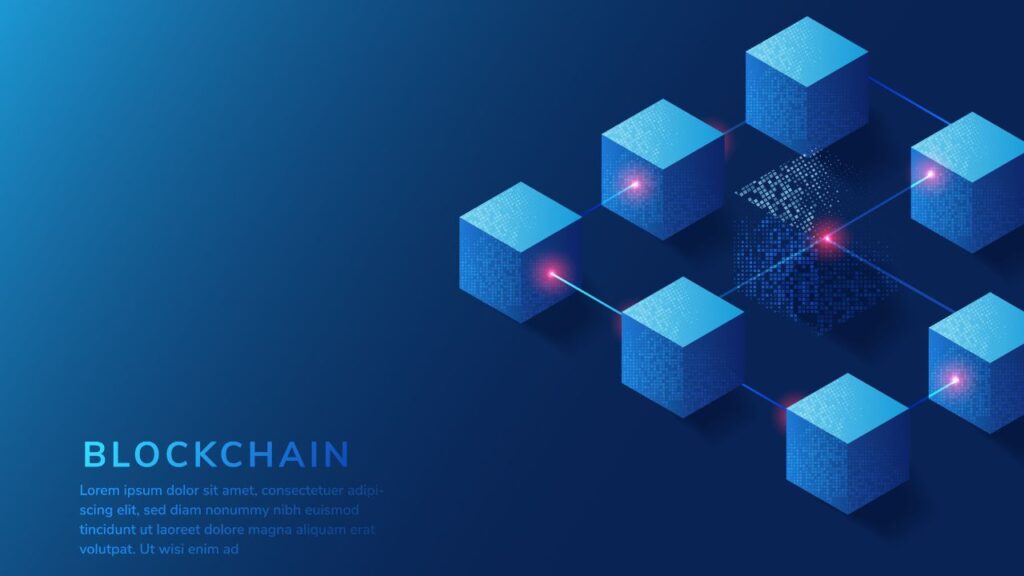
1. Transaction Initiation: A user starts a transaction, for example, the transition in the ownership of a crypto coin to another user.
2. Transaction Broadcast: The transaction is sent to the network of nodes.
3. Transaction Validation: Transaction participants in the defined network endorse the transaction in accordance with the set protocols.
4. Block Creation: The set of valid transaction is compiled into a block.
5. Consensus: Consensus of the network is achieved through the chosen means to validate the new block of the network consensus mechanism.
6. Block Addition: Thus, the new block with a given hash code is included into the existing blockchain.
7. Transaction Confirmation: The latter becomes a part of the immutable ledger after the confirmation of the said transaction ledger.
This shows how the above features of the blockchain function in creating a secure, innovative and efficient, clear and effective mechanism of handling small transactions and small pieces of information.
To illustrate the impact of these features, let’s consider their application in supply chain management
| Blockchain Feature | Application in Supply Chain Management |
| Decentralization | Multiple parties can access and update supply chain data without relying on a single central authority |
| Transparency | All stakeholders can track the movement of goods in real-time, enhancing visibility |
| Immutability | Once recorded, product information cannot be altered, ensuring authenticity and preventing fraud |
| Enhanced Security | Sensitive supply chain data is protected through cryptographic techniques |
| Smart Contracts | Automate processes like payments and inventory management based on predefined conditions |
| Tokenization | Create digital representations of physical assets for easier tracking and trading |
All these features of blockchain technology have definite ramifications in the outlined sectors of economy. The asynchrony of specific structures proposed by organizations will partially address the long-standing issues concerning trust, opaqueness, and relative slowness in digital systems. As the blockchain technology advances further, it is for sure that these features will be developed even further offering new avenues for change and diversification in various fields throughout different types of industries.
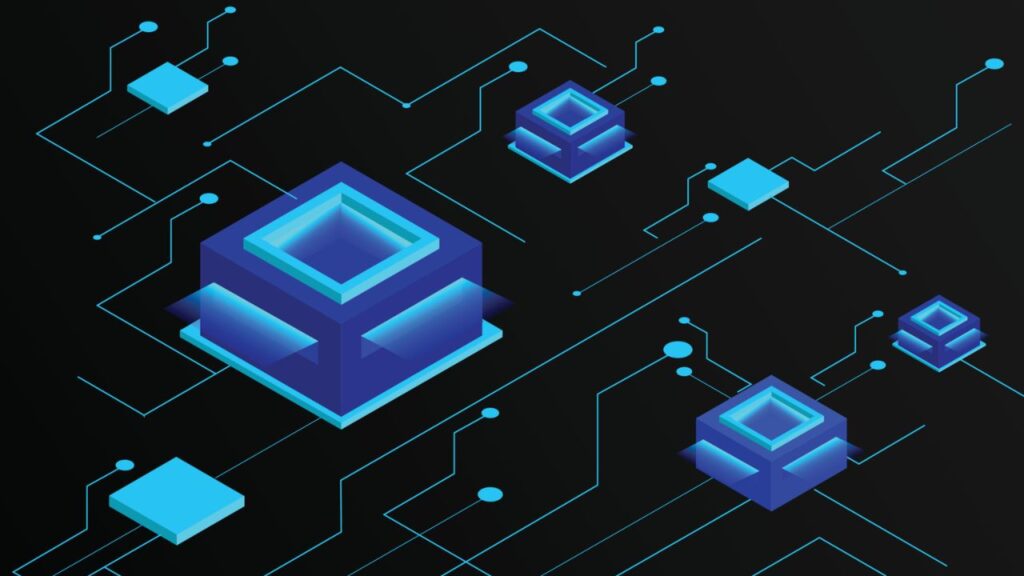
It is the decentralization, transparency, immutability and high security that has made blockchain to be unique important instrument in transforming how data are governed, financial transactions processed, and confidence in digital Bereich environments. Going forward, decision makers need to appreciate these basic characteristics of blockchain technology is to reach a certain point in order understand the opportunities and challenge is deals with.
In the next section, we will be looking at how the above features exist and are implemented within a block chain. are used on the technical plane and analyzing all the components that comprise a blockchain system. This understanding will afford a good background for focusing on the multiple utility and functionality of the flourishing the profitability of the blockchain technology to various fields.
The Mechanics of Blockchain
Before advancing more into the world of blockchain technology, there is the imperative need to appreciate the underpinning dynamics factors that enable this revolutionary system function.
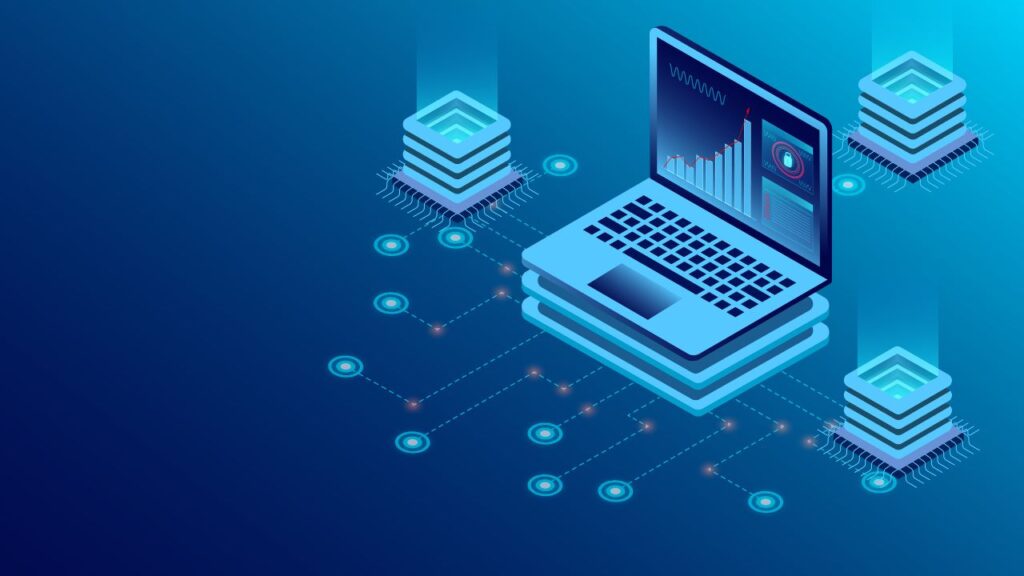
In this section I will try to describe the basic concepts of the theoretical framework basic elements and activity flows that comprise the key concept of blockchain, decentralization, In essence, consensus mechanisms, cryptographic hashing and the blocks formation and arrangement.
A. Decentralization and its importance
Distribution of authority is the essence of blockchain system and makes it drastically different from the traditional centralized systems. Decentralized network implies that there is no centralized control or failure which presents countless benefits and revolutionize how people perceive data handling and transactions.
The concept of decentralization
In its basic form, decentralization function to decentralize power, control and decision making among different parts of an organization distribution of the network among the participants rather than the consolidation of it on a particular organization or government. In the context of blockchain, this means that there is no individual party, organization or company owning the block chain network or data within it.

Key features of decentralized systems
Decentralized systems are characterized by the following aspects:
1. Distributed ledger: Each and every node in the network will always make sure you download the whole blockchain mainly, to keep transparency and the data clean.
2. Peer-to-peer interactions: Transaction and communications processes take place Between a network.
participants without intermediaries.
3. Shared consensus: Indeed, participants continuously reuse the network to ensure they reach a consensus on the state of the blockchain.
4. Immutability: Once data has been entered and checked, its very hard it can be changed or deleted There is also the problem that when data has been recorded and checked, it then becomes very hard to either amend or delete remove.
Importance of decentralization in blockchain
Decentralization plays a crucial role in blockchain technology for several reasons:
1. Enhanced security: In contrast with centralized system, decentered systems are less sensitive to failures and are more cybercriminals cannot easily attack them, or hack into the database or secret computer systems.
2. Increased transparency: All the activities are open to the participants in the network so there is transparency in the transactions accountability and trust.
3. Reduced intermediaries: Direct face-to-face interactions which are between the actual users and the goods or service nullify the roles of third parties may have reduction of costs price and improvement in efficiency.
4. Censorship resistance: Thus, it becomes impossible to regulate the information that is collected through any single organization or point blockchain.
5. Improved data integrity: Due to the fact that the records are distributed many times over the ledger becomes almost impossible to falsify with or falsify data.
| Aspect | Centralized Systems | Decentralized Systems |
| Control | Single authority | Distributed among participants |
| Decision-making | Hierarchical | Consensus-based |
| Data storage | Central database | Distributed ledger |
| Security | Single point of failure | Multiple points of resilience |
| Transparency | Limited | High |
| Scalability | Generally easier | Can be challenging |
| Speed | Often faster | May be slower due to consensus |
| Cost | Potentially lower | Can be higher due to redundancy |
On this background, it is necessary to acknowledge that organizing decentralization has many advantages, with considering its disadvantages such as, increased complexity and challenges of scalability. However, these challenges are not passive but are well expounded by proponents of the different theories in relation to defending portfolios against cybercrimes to still be considered as part of blockchain technology as it continues to receive ongoing developments.
B. Consensus mechanisms
Proposals are extremely important in blockchain networks since they are the ways of reaching consensus providing opportunity for participants to discuss the current state of the ledger with other participants and authenticate execution. These mechanisms are the algorithms that ensure loosely connected networks to operate in a coordinated and efficient manner and in a manner that is secure.
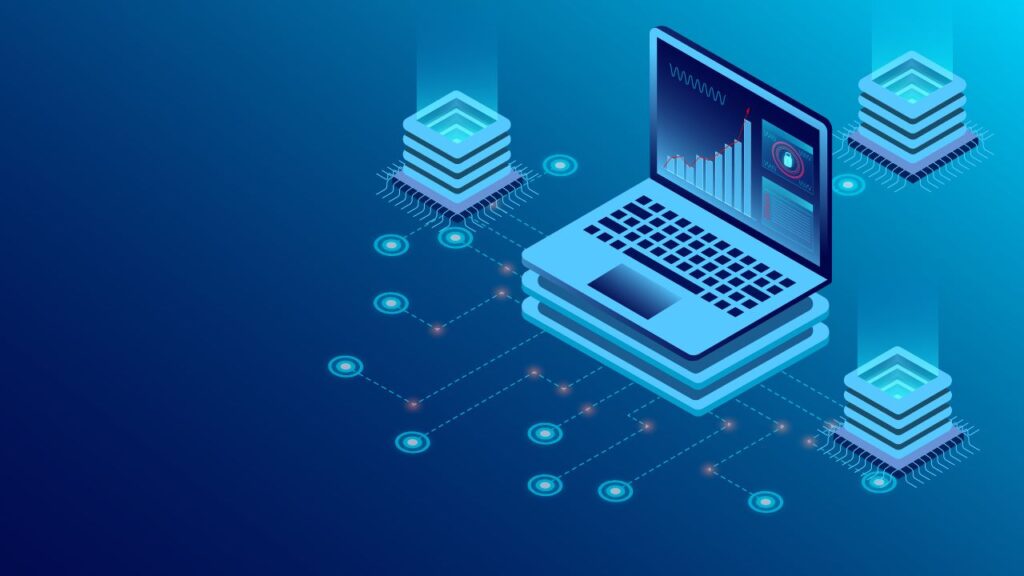
The role of consensus in blockchain
Consensus mechanisms serve several critical functions in blockchain networks:
1. Validating transactions: It is good to make sure that all the transactions that occur within the network are genuine and authorized rules.
2. Maintaining consistency: Ensure that all the nodes in the distributed ledger maintain an integrity of the replicated data network.
3. Preventing double-spending: Preventing double spending of digital assets.
4. Securing the network: Make it almost impossible and financially non-viable for the individuals with ill-intents. actors for posing a threat and topple the blockchain.
Types of consensus mechanisms
In different blockchain network, there are many consensus mechanisms, and every one of them has its own strengths and weaknesses. Here are some of the most important:
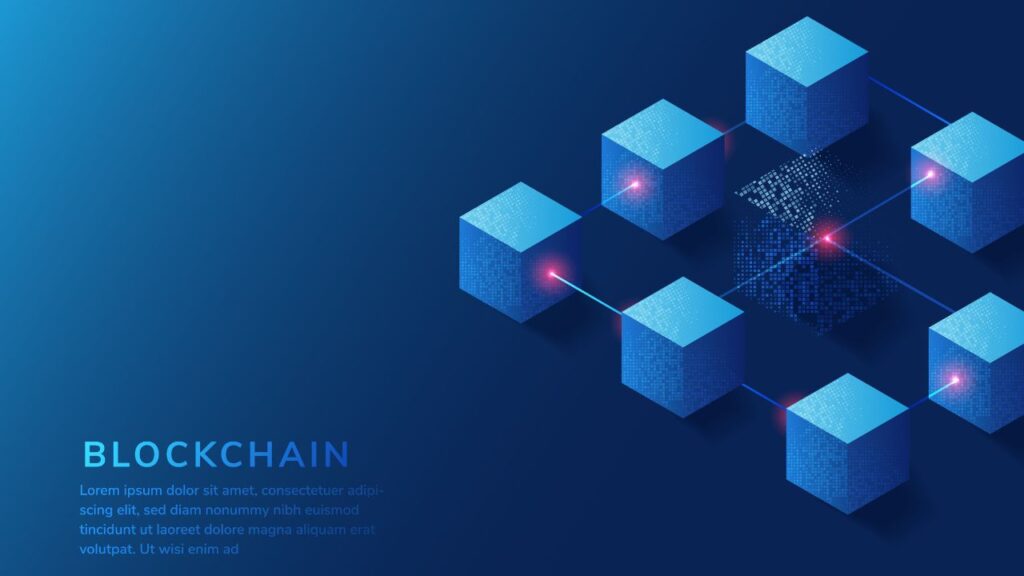
1. Proof of Work (PoW)
- This is employed by Bitcoin and most of the existing altcoins.
- To gain coins miners have to solve complex mathematical problems and the miners on the network have to compete against each other.
- High energetic efficiency but secure.
2. Proof of Stake (PoS)
- For the purpose of validation, nodes are selected which provide the largest stake in the cryptocurrencies.
- More energy-efficient than PoW
- Used by Ethereum 2. Other newer-blockchains have had a total settlement layer Score of 0.
3. Delegated Proof of Stake (DPoS).
- Token holders vote for “delegates” who approve transactions
- faster and scalable as compared to the typical PoS.
- Specifically applied by EOS and Tron
4. Basic Byzantine Fault Tolerance (BBFT)
- It is development based on the state machine replication.
- Chanceful but very efficient and normally applied in permissioned blockchains
- Used by Hyper ledger Fabric
5. Proof of Authority (PoA)
- The selection of validators is quite dependent on their identity as well as credibility.
- Applicable for private or for consortium blockchains
- Being utilized on some of Ethereum’s test nets and VeChain.
| Consensus Mechanism | Energy Efficiency | Scalability | Decentralization | Security |
| Proof of Work (PoW) | Low | Low | High | Very High |
| Proof of Stake (PoS) | High | Medium | Medium-High | High |
| Delegated Proof of Stake (DPoS) | High | High | Medium | Medium-High |
| PBFT | Very High | Medium | Low | High |
| Proof of Authority (PoA) | Very High | High | Low | Medium-High |
Selecting the right Consensus mechanism
The choice of consensus mechanism depends on various type of factors:
- These are primary aspects of a network and mainly determined by the size and scalability of the organization.
- Security needs
- Energy efficiency considerations
- Desired level of decentralization
- This can either be a public, private or a consortium blockchain.
While the blockchain technology advances, new consensus mechanism are being created that can eliminate drawbacks of the current ones with the goal of finding the golden mean between security, scalability, and decentralization.








